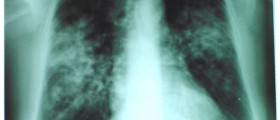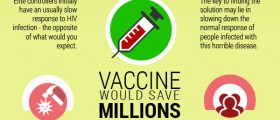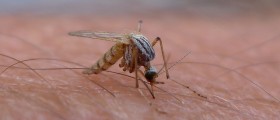
Introduction to Sleeping Sickness
Sleeping sickness is an infection caused by either Trypanosoma brucei rhodesiense or Trypanosoma brucei gambiense. Fly are the carriers of these two parasites and once the person is bitten with the infected fly the parasite enters the body.
At the very site of parasitic entrance the skin becomes painful, red and swollen. What follows is spread of the infection through the body and occurrence of occasional episodes of fever, headache, sweating and swelling of the lymph nodes. If the infection affects the central nervous system is it known as sleeping sickness. Once the brain is affected a person undergoes behavioral changes such as fear, mood swings and headache. The disease may also cause inflammation of the myocardium.
Risk for sleeping sickness is increased in certain parts of Africa where the parasites are normally found and easily transmitted by the flies.
Symptoms of Sleeping Sickness
Initially the symptoms of the infection include fever, headache and joint pains. If left untreated the disease progresses and may lead to anemia, endocrine problems as well as cardiovascular or kidney disorders. Once the parasite has passed through the blood-brain barrier a person develops neurological form of the disease. Not treating an infection in initial stage leads to further progression and occurrence of chronic form of the disease.
In initial stage of sleeping sickness the parasite travels through the blood stream and lymphatic vessels. This is a systemic phase and it features with rather high fever which tends to get back to normal and then go up again. Furthermore, a person may develop itchy rash and there are also headache and confusion. In case of the infection caused by Trypanosoma brucei gambiense the person suffers from enlarged lymph nodes. 'Winterbottom's sign' typically occurs in Gambian sleeping sickness and features with a noticeably swollen area of the lymph nodes located behind the ear and above the base of the neck. During initial stage one may develop myocarditis. Majority of symptoms in initial phase of the disease are actually associated with the attempt of the body's immune system to defeat the parasite. This excessive activity of the immune system may eventually cause anemia and increased permeability of the blood vessels.
Stage II sleeping sickness is an actual spread of the infection to the nervous system. In Gambian sleeping sickness the most common symptoms are slurred speech, slow mental processes and increased desire for sleep. A patient may sit and stare for a long period of time. Additional symptoms in this stage of the disease are imbalance while walking, slow and shuffling gait, trembling of the extremities, involuntary movements, muscle stiffness etc. The disease actually got its name according to the very symptoms of the second phase. The patients are generally confused; their coordination is reduced and sleeping cycle disturbed (there are bouts of lethargy, daytime somnolence and nighttime insomnia).

















Your thoughts on this
Loading...